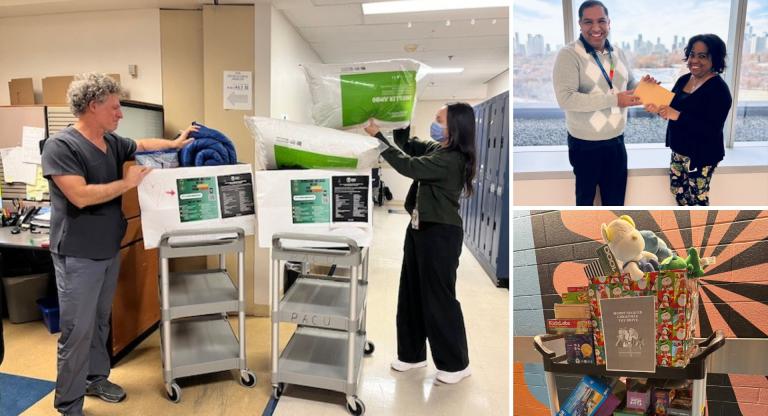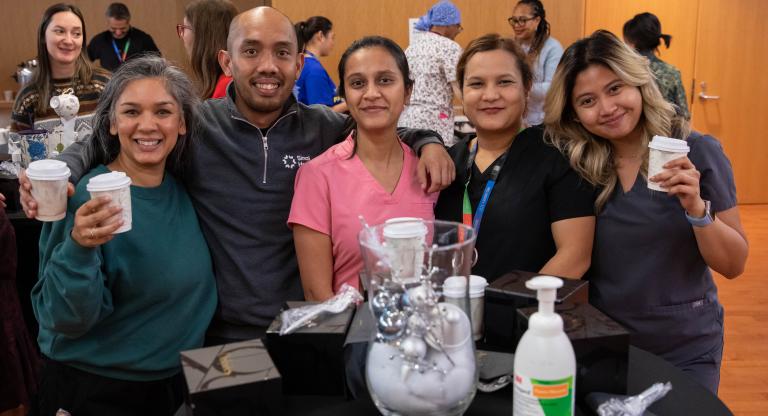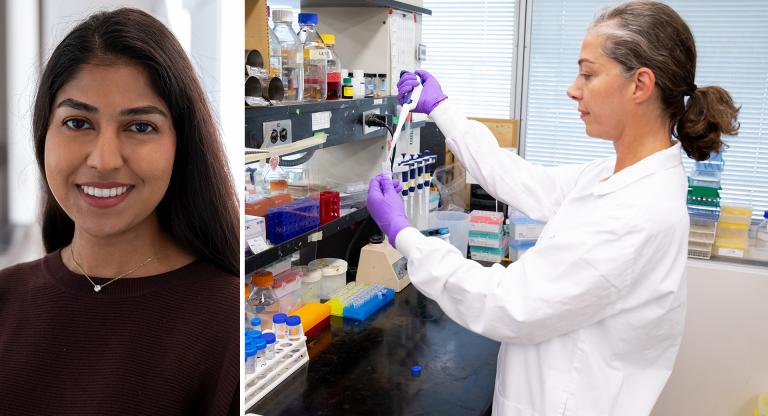Virtual visits make care convenient for patients with diabetes

Patients who were diagnosed with type 1 diabetes 20 years ago, or even five years ago, are finding themselves facing a new world of diabetes management.
Thanks to improved technology, managing diabetes has never been so precise, and new insulin pumps to help manage diabetes include features like continuous glucose sensors that automatically adjust insulin delivery. But like many new technologies, users may need some help to understand the ins and outs of these devices.
Leadership Sinai Centre for Diabetes (LSCD) is always looking for different ways to help their patients get a better understanding of the latest technology and incorporate new practices for diabetes management. One tool that’s proving to be very popular with both patients and clinicians is delivering training and education via Ontario Telemedicine Network (OTN), where educators can visit with patients virtually.
“In order to get the most out of this technology, patients need shorter, but more frequent touchpoints for successful self-care,” says Barbara Cleave, clinical nurse specialist and certified diabetes educator LSCD. “Using OTN to deliver follow up training on these devices allows us to still make a personal connection. Assessing facial expressions and gestures gives us a sense when they need more clarification. This technology also makes visits very convenient and efficient for both patient and clinician.”
It’s that convenience factor especially that seems to be impressing patients. Peter, a patient at LSCD, recently went through a training for his new insulin pump while on a break at work. “I used my laptop, linked to my phone hotspot, in my car, on my coffee break,” said Peter. “It was easy to follow the link that put me directly into the session window, and the audio and video quality was excellent throughout the 30 minute session.” Kim, another patient at LSCD said that the convenience made a big impression on her as well. “Not having to spend the time commuting or having to pay parking expenses in order to complete my visit to Mount Sinai Hospital was really great for me.”
Barbara adds, “Having this technology available also cuts down on missed or cancelled appointments for our patients. This means we are able to streamline our service and that patients get the care they need.”
While using OTN for this type of training has been in place for just a few weeks, initial feedback from both patients and physicians has been positive. After continuing to evaluate the program, LSCD hopes to expand the program to offer this convenient and effective tool for more of their patients to help address different needs.











